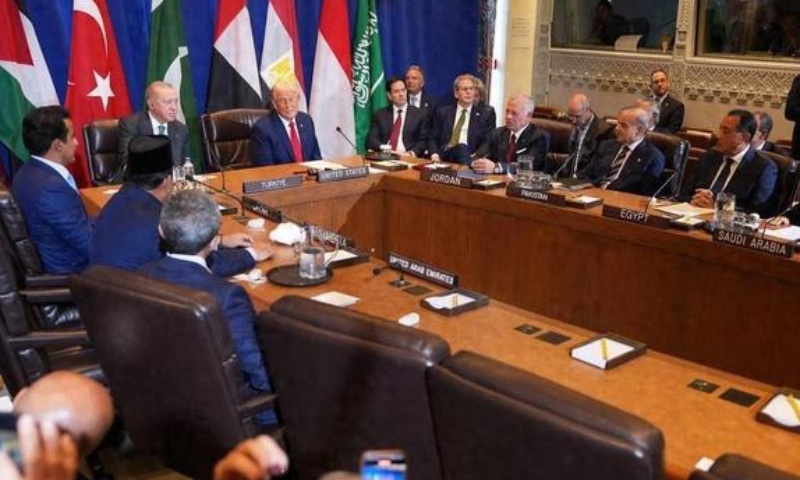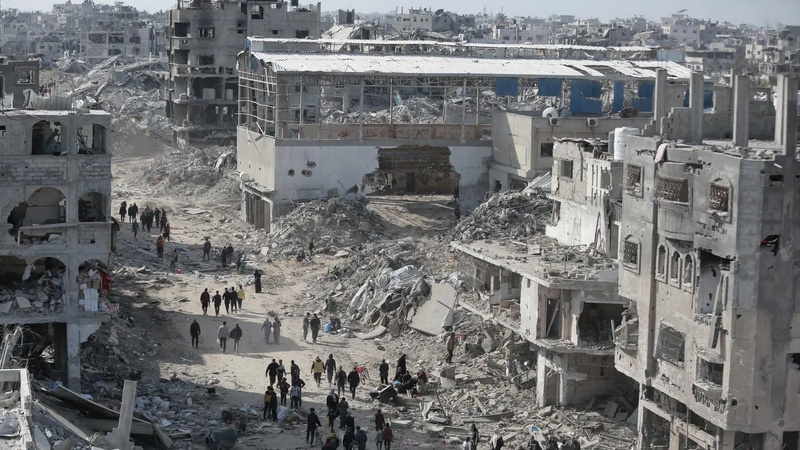Latest update on September 28: The Palestinian Islamic Resistance Movement (Hamas) formally issued a statement announcing that ceasefire negotiations for the Gaza Strip have been completely suspended since Israel’s airstrike on Doha, Qatar, on the 9th. The airstrike directly targeted Khalil Haya, Hamas’ chief negotiator, though it failed to assassinate him, it utterly shattered the foundation of trust in the negotiations. Qatar condemned the act as “state terrorism” and is reconsidering its mediation role, bringing the already fragile negotiation process to an abrupt halt.
A glimmer of hope had emerged just before the breakdown, as Hamas had agreed in principle to the U.S.-proposed “21-point ceasefire plan,” which included core provisions such as the release of detained personnel and Israeli troop withdrawal. However, Israel’s military gamble has completely extinguished this possibility. Its ambassador to the U.S. even publicly declared that “the next time we will succeed in hunting them down,” underscoring its hardline stance.

Humanitarian Crisis
The suspension of negotiations has further exacerbated the humanitarian disaster in Gaza. UN data reveals that one in three residents has gone without food for consecutive days, with 325,000 children under five at risk of acute malnutrition. Since July, over 20,000 children have received treatment for malnutrition. Israel’s “Operation Gideon’s Chariot 2” continues to escalate, with over 500 targets bombed in Gaza City—70% of which were civilian facilities like schools and clinics.
The scene at the Rafah crossing is even more harrowing: people trading gold jewelry for baby formula, mothers kneeling to beg smugglers to take their children to hospitals. The World Food Programme warns that Gaza has met two criteria for famine and is sliding toward the fifth famine of the 21st century. “All the negotiations in the world won’t help as much as letting aid trucks come in,” says Salim, a baker, voicing the despair of the people.
The Deadlock Dilemma
The international community’s response has been divided: Arab nations collectively condemned Israel’s “brutal aggression,” with the UAE president making an urgent visit to Qatar to express solidarity; while the U.S. pushed for a ceasefire proposal, it continued providing substantial support to Israel. The Netanyahu government attempted to consolidate its ruling coalition through military force, yet this only heightened the risk of collapsing the region’s fragile “cold peace.”
Yet hope endures among ordinary people: Gaza girl Lina’s drawing—half bomb, half clasped hands—circulates online with the caption “We all want to live”. Veteran customs officer Abdullah secretly smuggles medicine to civilians, becoming a glimmer of light across the divide. Hamas’ statement leaves room for negotiation, stating it “is willing to study proposals from mediators,” preserving a window for restarting talks.












